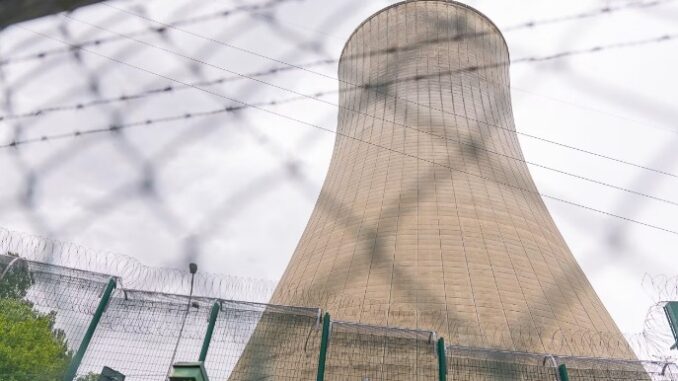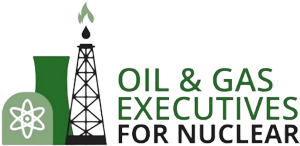
In a striking reversal of fortunes, environmental activists who once rallied against nuclear energy are now campaigning to preserve it. This shift is emblematic of a broader global reevaluation of nuclear power amid escalating energy demands, climate imperatives, and geopolitical tensions. A prime example unfolded recently in Belgium, where protesters gathered outside nuclear facilities not to demand closures, but to urge their continued operation as plant operators proceeded with scheduled shutdowns.
Belgium’s Nuclear U-Turn: From Phase-Out to Preservation
Belgium’s nuclear saga has been tumultuous. For decades, the country planned a complete phase-out of nuclear power by 2025, a policy rooted in safety concerns and anti-nuclear sentiment amplified by events like Chernobyl and Fukushima. However, soaring energy prices, reliance on imported fossil fuels, and the urgent need for low-carbon alternatives have prompted a rethink. In May 2025, Belgium’s parliament voted to abandon the long-standing phase-out pledge, opting instead to extend the lifespans of key reactors and explore new builds.
Tax Burden in 2025?
This decision came amid debates over energy security, especially as Europe grapples with the fallout from reduced Russian gas supplies.Yet, not all reactors escaped the axe. In January 2025, one unit was permanently shut down under the prior agreement, sparking fresh protests.
Environmental groups, once staunch opponents, now argue that nuclear power is essential for meeting climate goals without exacerbating emissions from coal or gas. Protesters at sites like Doel and Tihange have emphasized nuclear’s role in providing stable, baseload energy. As one activist noted in recent coverage, “We’ve protested closures because the alternative is worse for the planet.”
This sentiment echoes across Europe, where nations like France and Sweden are also recommitting to nuclear as part of their green transitions.
Spotlight on Energy News Beat and Advocacy from Unexpected Quarters
For in-depth coverage of such developments, platforms like EnergyNewsBeat.co serve as vital resources. This site aggregates daily energy news, podcasts, and analysis, focusing on oil, gas, renewables, and emerging technologies like nuclear. It highlights how traditional energy sectors are intersecting with nuclear advocacy, offering insights into market trends and policy shifts. Recent content on the site underscores the growing consensus that nuclear could bridge the gap to a sustainable future, with articles and episodes exploring everything from regulatory hurdles to technological innovations.
One compelling voice in this space is Douglas Sandridge, a veteran of the oil and gas industry with over 40 years of experience. Sandridge founded Oil & Gas Executives for Nuclear, a group rallying fossil fuel professionals to champion atomic energy.
His journey—from land management in petroleum to nuclear advocacy—stems from a belief that nuclear complements rather than competes with hydrocarbons. In interviews and podcasts, Sandridge argues that skills from oil and gas, like site development and regulatory navigation, are transferable to nuclear projects.
The group pushes for policies that integrate nuclear into energy portfolios, emphasizing its reliability for powering AI data centers and industrial growth. Sandridge’s efforts have even influenced decisions like extending operations at California’s Diablo Canyon plant.
Nuclear Resurgence in the United States
The United States is witnessing a nuclear renaissance driven by policy, technology, and market forces. In May 2025, executive orders from the Trump administration aimed to reinvigorate the sector, including streamlining regulations and boosting the industrial base to quadruple nuclear capacity by 2050—targeting 400 gigawatts.
This push addresses decades of stagnation, where the U.S. lagged behind nations like China in new builds. Key drivers include surging electricity demand from AI and data centers, projected to require $350 billion in nuclear investments.
Small modular reactors (SMRs) are at the forefront, with companies like Holtec planning deployments by the early 2030s.
Public acceptance is rising, with communities increasingly open to hosting facilities for economic benefits. Legislative support, such as tax credits and funding for advanced reactors, further fuels this momentum.
As one analyst put it, nuclear is “primed for a resurgence” to meet clean energy goals without intermittent renewables’ limitations.
Global Echoes: Russia’s Nuclear Talks with Iran and Beyond
Internationally, nuclear revival is equally pronounced. In September 2025, Russia and Iran signed a memorandum for constructing small nuclear power plants, part of a broader $25 billion deal to build eight reactors by 2040, expanding Iran’s capacity to 20 gigawatts.
Rosatom, Russia’s state nuclear corporation, is leading the effort, focusing on sites like Bushehr and new locations in Hormozgan province.
This cooperation deepens amid U.S. sanctions and Iran’s push for energy independence, though it raises geopolitical concerns over proliferation. Similar trends are evident elsewhere: China adds reactors at a rapid pace, while countries like the UAE and Saudi Arabia invest in nuclear for diversification. Globally, nuclear is seen as a hedge against climate change and energy volatility, with the World Economic Forum noting revivals in Asia, Europe, and the Americas.
Conclusion: A Paradigm Shift in Energy Advocacy
The transformation from nuclear protests to preservation campaigns signals a pragmatic evolution in environmentalism. As platforms like EnergyNewsBeat.co document, and advocates like Douglas Sandridge amplify, nuclear’s role in a low-carbon future is gaining traction.
“Doug Sandridge has taken the time to lead oil & gas executives to speak up for nuclear. This is a critical aspect as most oil and gas executives are actually for nuclear energy, like Chris Wright, Secretary of Energy, was the first signer of the declaration in support of Oil and Gas Executives for Nuclear Power. I have appreciated all of Doug’s hard work and even traveling to Germany to try and save their plants. Doug exemplifies a true energy leader.” Stu Turley
From Belgium’s policy pivots to U.S. executive boosts and Russia-Iran partnerships, the world is rethinking atomic power—not as a relic, but as a resurgence force for sustainable energy.
Tax Burden in 2025?
Crude Oil, LNG, Jet Fuel price quote
ENB Top News
ENB
Energy Dashboard
ENB Podcast
ENB Substack







Be the first to comment